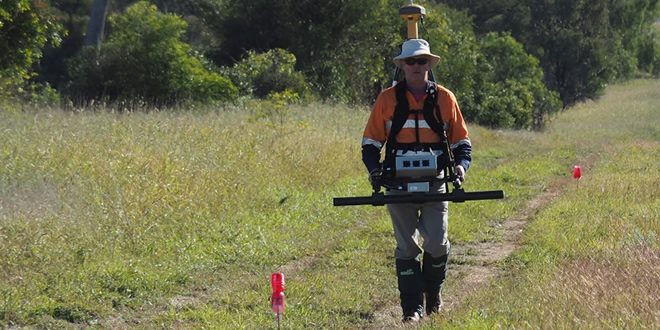Stress concentration tomography
SCT is a non-invasive pipeline inspection survey based on Stress Concentration Tomography (SCT). SCT collects the magnetic data of a target pipeline and then analyses it for self-magnetic-flux leakages in the pipeline wall, which are known as Stress Concentration Zones (SCZs).
SCT possesses a sophisticated detection algorithm that defines the location of SCZs to sub-metre accuracy. It also reports the estimated stress the SCZs cause on the pipeline wall both in Mpa and as a percentage of the pipeline material specified minimum yield strength (SMYS) . These stress values are then ranked in accordance with the guidelines specified in ASME B31. Using this stress-profile information, integrity managers can make informed decisions regarding the safe operation of their pipelines, including whether or not specific areas are in need of repair.
SCT has many commercial and technical benefits in comparison to other non-invasive integrity techniques.
SCT reports the presence of all defects in any orientation causing stress magnetisation in the pipeline wall. This includes corrosion, cracks, dents, sagging and twisting. SCT requires no pre-inspection preparation of the pipeline or modification to operating parameters. Neither is excavation for contact NDT required in the process workflow. Consequently there are no hidden costs to drive up the quoted cost of inspection.
SCT can be used in conjunction with ILI for monitoring the development of stress caused by defects within specific sections of a long pipeline. Through the periodic measurement of defect growth, excavations and repairs can be scheduled more efficiently and disruption to service and revenue dramatically reduced.




